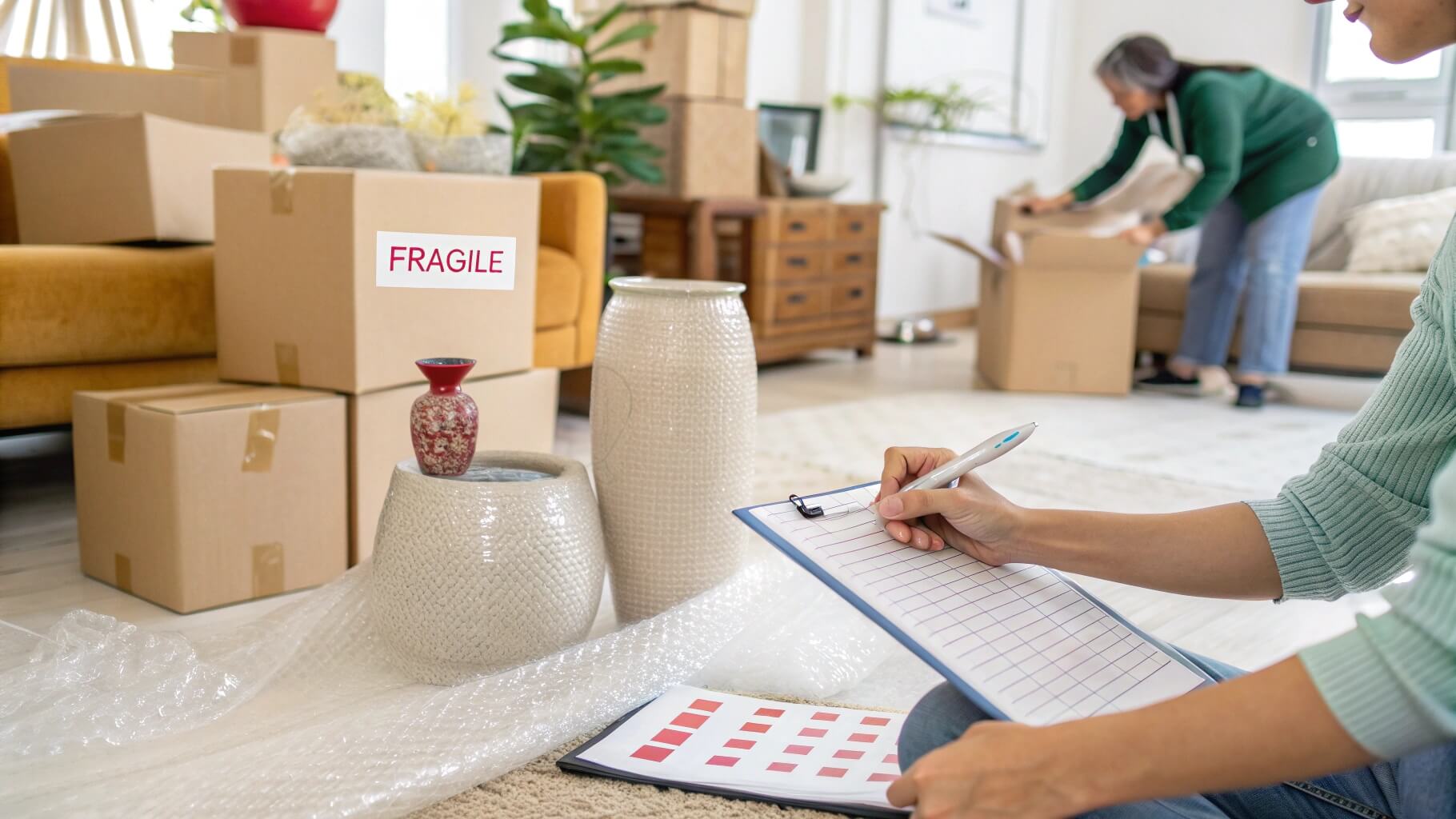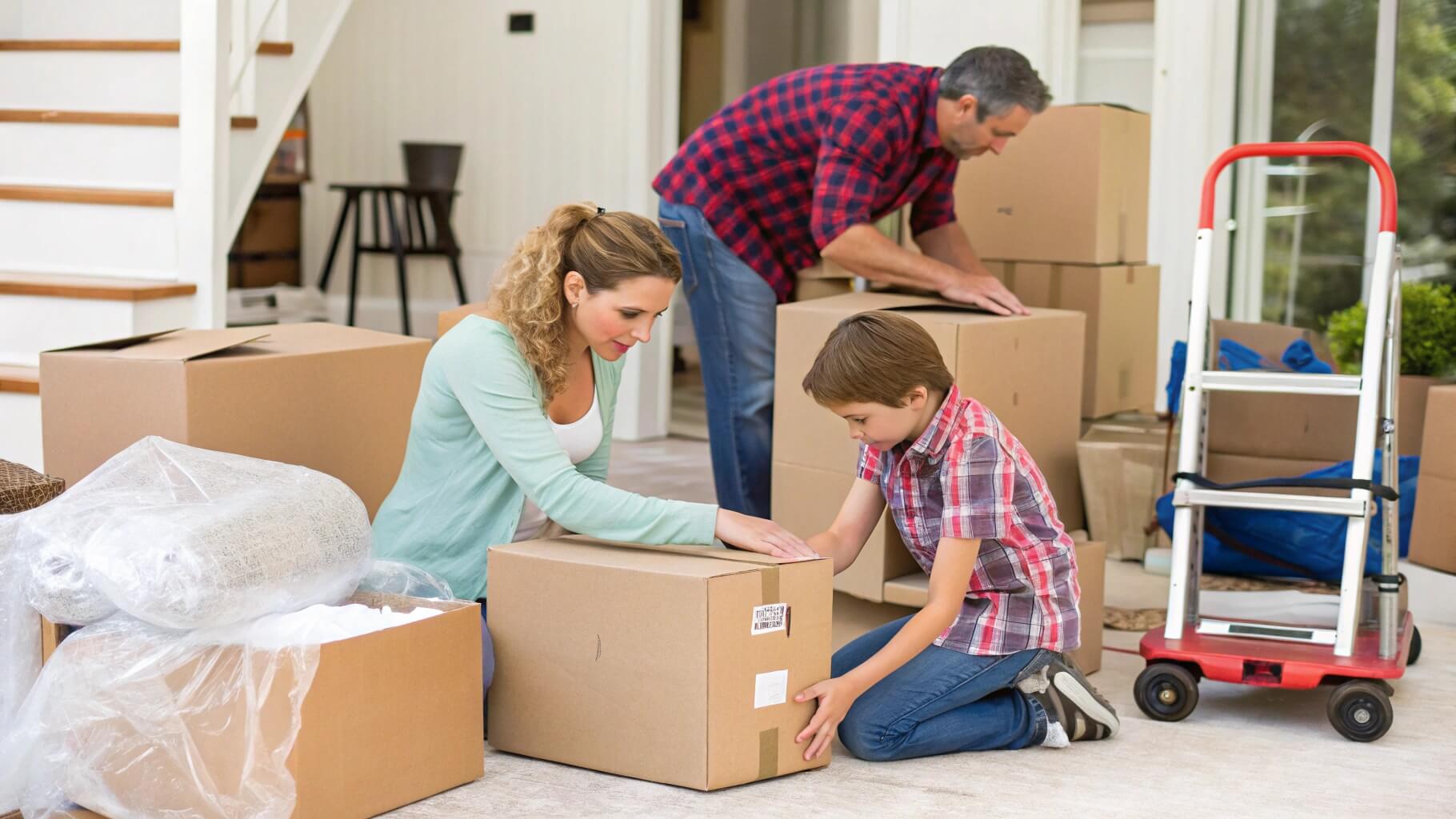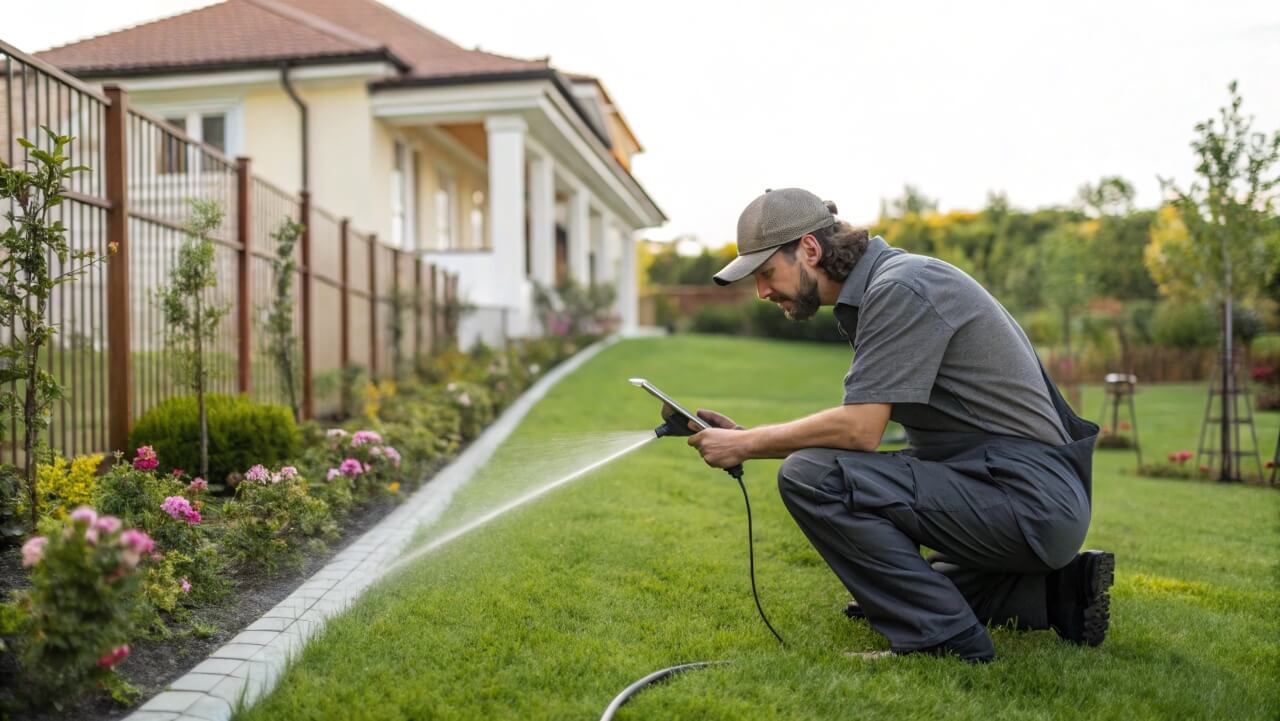How to Protect Your Most Valuable Possessions During a Home Move
Nate Holland · Jun 17, 2025 · 9 min read

One of the most trying events in life is moving house; if you're an Australian getting ready for a major relocation, right now you most likely feel a mix of excitement and anxiety. One very important item deserves your whole attention while you're busy organising removalists, updating your address with Australia Post, and bidding farewell to your beloved neighbourhood café: safeguarding your most valuable possessions.
Your priceless items—from your grandmother's vintage jewellery to significant documents to that collection of rare wines you have been accumulating over years—need particular care during the upheaval of moving day. Let's explore the key tactics you need to protect what counts most during your travel to a new home.
Knowing What Qualifies as "Valuable"
It's important to think about what really qualifies as valuable in your house before we start talking about protection plans. Indeed, there are the obvious things like jewellery, artwork, and costly electronics, but priceless objects go much beyond mere value.
Important documents like birth certificates and property deeds, family heirlooms, priceless pictures, and even objects with great emotional value all demand thought. Though their emotional worth makes them priceless, your child's first sketch, wedding keepsakes, or vintage record collection might not be worth thousands of dollars.
Well before moving day, inventory these things. Make a thorough inventory including sentimental value as well as high-value objects. This exercise will help you create a thorough protection plan and guarantee that nothing vital gets missed in the running chaos.
Personal Transportation's Power
Moving your valuables yourself instead of leaving them to the removalists is one of the best strategies to guard them. This method greatly lowers the risk of loss or damage and allows you total control over handling.
Think about fittingly packing a "valuables box" or suitcase for your personal vehicle. This should cover jewellery, crucial paperwork, portable small electronics, and any other highly valuable items. Consider it as your own treasure chest never seen outside your view.
If you can still manage larger valuable items, such as antiques or artwork, think about making several trips if needed. Indeed, it calls for more work and preparation, but the peace of mind is really priceless. Knowing your treasures arrived safely will also bring you gratification since you personally watched their path.
Building a Fortress of Protection with Packaging

Great packaging becomes your first line of protection when you do need to entrust items to expert movers. For most valuable items, standard newspaper wrapping just won't be sufficient.
Make investments in premium packing materials meant especially for valuable objects. Essential are strong boxes rated for heavy items, foam padding, and bubble wrap. Double-boxing—where you place a well-padded item in one box and then place that box inside another with extra padding around it—is a wonderful idea for especially delicate pieces.
For things that are sensitive to climate. Temperature swings and humidity can damage some collectibles, pictures, and important paperwork. During transportation, sealed plastic bags or climate-regulated containers can offer still another degree of protection.
For things like antiques or fine art, expert packing companies focused on valuable items could be well worth the cost. These professionals have access to specific materials and techniques and know the particular needs for various kinds of valuable objects.
Documentation and Insurance Strategy
Accidents happen even with the best protection systems. This is where your safety net becomes thorough insurance and careful documentation.
Look over your current house and contents insurance policy first. Many standard policies cover a few items during transit, and the coverage may not fairly represent the actual worth of your belongings. Think about temporarily changing your policy to cover the moving period or purchasing extra transit insurance.
Before the move, fully document everything. Photograph valuable objects from several angles, noting any wear or damage already present. Where relevant, create a thorough inventory including serial numbers, estimated values, and descriptions. To access this material from anywhere, save digital copies of this paperwork on cloud storage.
Save certificates of authenticity, receipts, and appraisals in a separate, conveniently located file. Having this material easily available will greatly simplify the insurance claim process should you need one.
The Skill of Strategic Timeframes
Protecting valuables during a relocation can depend critically on timing. Steer clear of relocation in busy times when removalists are hurried and more prone to make mistakes. Plan your relocation for weekdays if at all possible; usually, there is less traffic and more focus on detail.
Take also into account the weather projection. Moving priceless objects through bad weather raises your chance of damage. Should bad weather be expected, it could be advisable to change or postpone your relocation plans in order to safeguard your valuable items.
Plan for secure storage if there's a gap between when you need to vacate your current home and when you can access your new one. Investigate respectable buildings with strong security systems and climate control systems. This temporary fix can guarantee your valuables stay safe during changeover times and give you peace of mind.
Selecting the Correct Moving Assistants
Especially with regard to handling valuable items, not all moving companies are made equal. Research possible removalists carefully, paying particular attention to their insurance policies and experience with valuable objects.
Ask particular questions about their methods for valuables.
- Do they provide specialist packing services?
- For handling delicate or expensive items, what instruction does their staff get?
- Do their cars have suitable climate control and security systems?
Review materials and request references from past clients who have moved comparable products. A respectable business should be pleased to share this information and go over their method of valuable security.
Though you should get quotes from several companies, keep in mind that, when it comes to safeguarding your most valuable possessions, the least expensive solution is not always the best. Investing a little more in a company with proven knowledge of valuable items occasionally helps you avoid thousands of possible losses.
Particular Considerations for Special Value Items
Some priceless objects call for quite specific handling methods.
- Rare books should be packed flat instead of standing up and require moisture protection.
- Wine collections should be kept horizontal and should be carefully managed in temperature terms.
- Electronics require anti-static packaging.
For things like gold bars or other precious metals, extra security is absolutely vital. Always use discrete packaging for these products and avoid clearly labelling them. For such goods, think about using expert courier services with high-value transportation concentration.
Before moving, professional conservation advice helps artwork and antiques especially. A conservator can suggest particular packing methods and point out any pre-existing weaknesses that require particular care during travel.
Moving Day Preparedness: The Final Countdown
Plan carefully for your valuable items as moving day draws near. Set aside particular boxes or containers for valuables and mark them precisely for your use, but avoid obvious labels that might draw unwelcome attention.
Get ready with a "survival kit" of key valuables you'll want right away in your new house. Important paperwork, prescription drugs, basic jewellery, and anything required for daily life or work could all fall under this category.
Think about having a close friend or relative there during the relocation to offer an additional set of hands and eyes for valuables protection. While you oversee other facets of the relocation, they can assist with loading and unloading.


